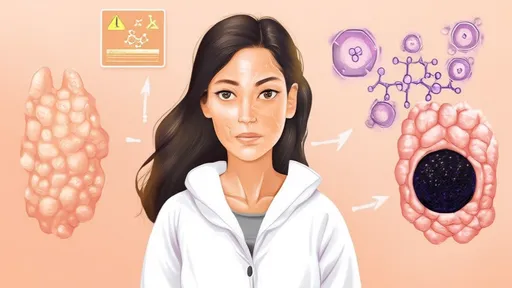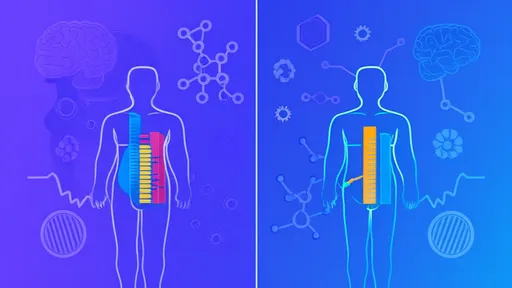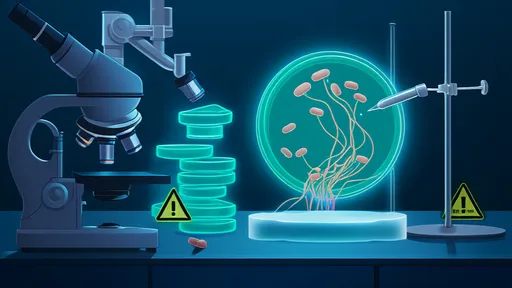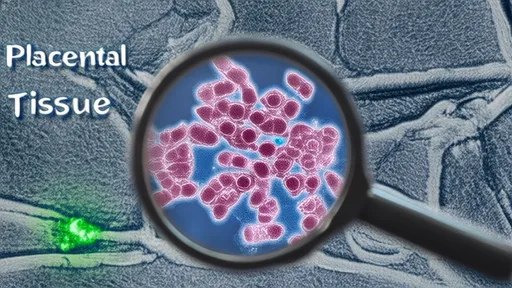The debate surrounding hormone therapy for menopause has reignited in recent years, leaving many women and healthcare providers grappling with how to weigh its potential benefits against its risks. Once widely prescribed to alleviate the often debilitating symptoms of menopause, hormone replacement therapy (HRT) fell out of favor after a landmark study in the early 2000s linked it to increased risks of breast cancer and heart disease. Yet, as new research emerges and interpretations of older data evolve, the medical community finds itself revisiting the conversation with a more nuanced perspective.
The pendulum swing of medical opinion on HRT has been nothing short of dramatic. In the 1990s, hormone therapy was nearly universally recommended not just for symptom relief but also for its purported protective effects against osteoporosis and heart disease. This changed abruptly with the publication of the Women's Health Initiative (WHI) study in 2002, which found that the combination of estrogen and progestin increased the risk of invasive breast cancer, coronary heart disease, stroke, and pulmonary embolism. Prescriptions plummeted overnight, and a generation of women suffered through hot flashes, night sweats, and other symptoms without pharmaceutical relief.
However, a closer examination of the data in subsequent years revealed important nuances that were initially overlooked. The WHI study primarily involved women who were on average 63 years old - well past the typical age of menopause onset. More recent analyses suggest that for younger women (those in their 50s) who begin HRT closer to the onset of menopause, the risk-benefit profile may be more favorable. This has led to what some experts call a "timing hypothesis," where the age at which hormone therapy begins appears to significantly influence its effects.
The current landscape of hormone therapy is markedly different from the one-size-fits-all approach of decades past. Today's protocols emphasize individualized treatment, with careful consideration of a woman's age, health history, specific symptoms, and personal risk factors. Lower doses are typically used, and treatment duration is often limited to the shortest effective period. Transdermal estrogen (delivered through patches or gels) has gained popularity as it may carry fewer risks than oral formulations, particularly regarding blood clots.
For many women, the quality of life considerations cannot be overstated. Severe menopausal symptoms can be profoundly disruptive, affecting sleep, mood, relationships, and work performance. Some researchers argue that in focusing solely on long-term risks, we may have discounted the very real short- and medium-term benefits that hormone therapy can provide. The challenge lies in identifying which women stand to benefit most with the least risk, a calculation that requires careful discussion between patient and provider.
Emerging research continues to refine our understanding of hormone therapy's effects. Recent studies have explored its potential cognitive impacts, with some suggesting it might help prevent dementia if started early in menopause, while others indicate possible harm if initiated later. The cardiovascular picture has similarly become more complex, with evidence that estrogen may protect against atherosclerosis when given to younger menopausal women but potentially harm older ones. These findings underscore the importance of timing and individualization in treatment decisions.
The alternatives to traditional hormone therapy have also evolved, though none have proven entirely satisfactory. Some women find relief with selective serotonin reuptake inhibitors (SSRIs), which can help with hot flashes. Non-hormonal medications targeting specific symptoms, along with lifestyle approaches like regular exercise and dietary changes, form part of the toolkit. However, for many women with severe symptoms, these alternatives simply don't provide the same level of relief as estrogen-based treatments.
As the medical community continues to navigate these complex issues, one thing has become clear: the conversation about menopause treatment needs to move beyond simple pro/con dichotomies. The current approach emphasizes shared decision-making, where women are fully informed about both the potential benefits and risks, and where treatment plans are tailored to individual needs and preferences. This represents a significant shift from the paternalistic models of care that dominated in previous decades.
The future of menopause management may lie in even more personalized approaches. Researchers are investigating genetic markers that could predict an individual woman's response to hormone therapy and her specific risk profile. The development of tissue-selective estrogen complexes, which aim to provide the benefits of estrogen while minimizing risks to breast and uterine tissue, represents another promising avenue. As our understanding of menopause biology deepens, we may see entirely new classes of treatments emerge.
For now, the consensus among most experts is that hormone therapy remains the most effective treatment for moderate to severe menopausal symptoms, particularly in younger women who are within a few years of menopause onset. The key is using the lowest effective dose for the shortest duration needed, with regular reevaluation of whether continuing treatment remains appropriate. As with many medical interventions, the decision ultimately comes down to balancing potential benefits against potential risks on an individual basis.
What's become abundantly clear is that menopause deserves far more attention and research than it has traditionally received. For too long, women's health concerns after reproductive age were dismissed as inevitable or unimportant. The current debate, while sometimes contentious, reflects growing recognition that menopause management is a crucial aspect of women's healthcare that requires evidence-based, individualized approaches. As research continues to evolve, so too will our understanding of how best to help women navigate this transition.

By /Jul 25, 2025

By /Jul 25, 2025

By /Jul 25, 2025

By /Jul 25, 2025

By /Jul 25, 2025

By /Jul 25, 2025

By /Jul 25, 2025

By /Jul 25, 2025

By /Jul 25, 2025

By /Jul 25, 2025

By /Jul 25, 2025

By /Jul 25, 2025

By /Jul 25, 2025

By /Jul 25, 2025

By /Jul 25, 2025

By /Jul 25, 2025

By /Jul 25, 2025

By /Jul 25, 2025